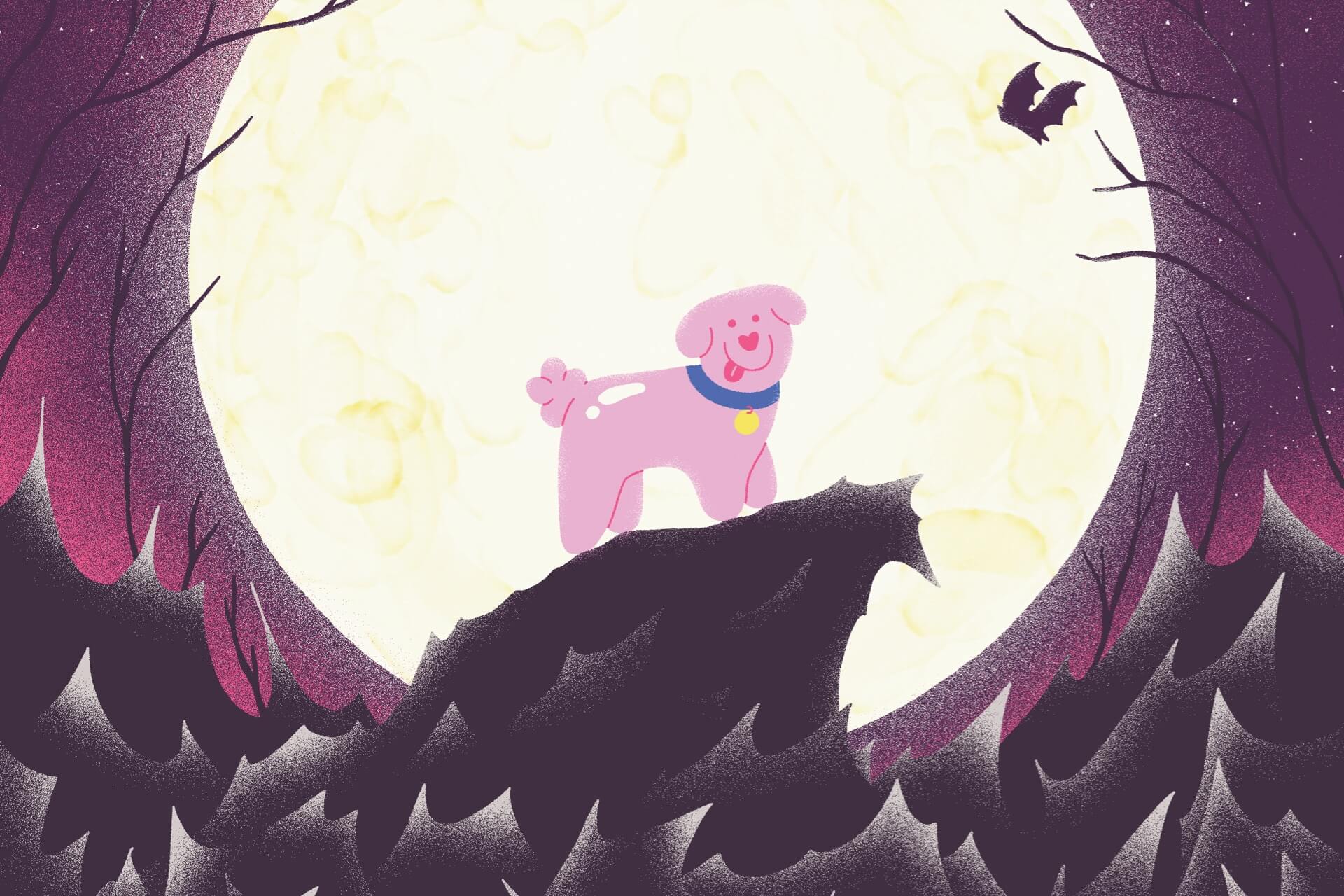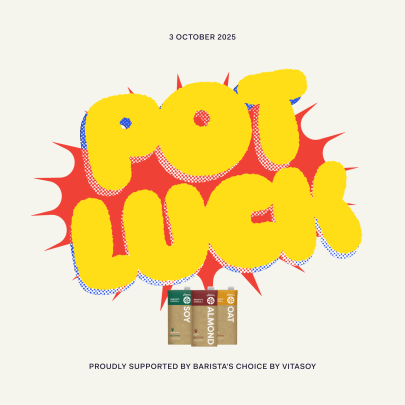Feb 13, 2023 Food
Oreo is a seven-kilogram, black-and-white mutt — part bichon frisé, part shih tzu — that my parents bought for $300 from a couple who, three weeks earlier, picked him out from a backyard breeder they found on Trade Me. They claimed they were moving out of Auckland on short notice. I’ve come to believe they had seen the beginnings of Oreo’s objectively shitty behaviour — which I, subjectively, have grown to love — and the many signs that he would turn out to be an annoying brat. They probably went out and bought a golden retriever as we drove away.
I was 14 and he was my first pet. The night we got him, I lay awake in bed scrolling through endless Reddit threads, dog forums and Quora answers. My mind was heavy with toilet-training techniques, local groomer recommendations, vaccination requirements, sleeping habits and the worry that people would think I was the one who named our black-and-white pet Oreo.
At the time, the dog world was in a raw-feeding frenzy. People love ascribing morality to food, even when it comes to our pets, and the raw-meat diet was the most pious dog food — what you should, no must, do for Fido, if you don’t actively hate him. As someone who will obsessively research almost anything (if I need to buy a lightbulb, I will get the best lightbulb), signing up to the raw-food movement was the way I tricked myself into thinking I would not fuck up having a dog.
Raw feeding for dogs is the equivalent of the paleo diet for humans. It’s purported to fix all sorts of problems that engineered-corn-filled kibble has created in modern dogs: allergies, bad skin, plaque-covered teeth, clogged anal glands, pungent breath, excess ear wax. The mantra of raw-food evangelists is that dogs share 99.9% of their DNA with wolves. But Oreo shakes when walking across bridges. He can’t handle putting his paws on drainage grates. He often can’t see or smell a treat even when it’s right below his flat face, and he’s sometimes scared of his own reflection.
The specifics of raw feeding are contradictory and complicated. If you spend enough time on the internet, as I did, you’ll find people arguing about every detail. It can feel like a cult, but many people find their way into its indoctrination out of desperation at their dog’s health problems, and so the testimonials can be very convincing: dogs with patchy fur who have been compulsively licking their stinky paws suddenly growing a shiny coat after just a couple weeks of honey-combed green tripe.
The problem with a raw-meat diet, though — as opposed to just scooping out some lab-concocted dry food you bought at the supermarket — is that getting the nutritional balance right (80% meat, 10% bone and 10% offal) is immensely important. If it’s not right, your dog will probably get sick and die. I spent hours reading feeding plans and sifting through advice — digesting everything in the hopes that my dog, in turn, would have a good digestion system. The stress was real.
I began to hope that Oreo would hate eating raw food, then I’d be released from my martyrdom. Oreo is not a particularly food-motivated canine, and refuses to touch anything he doesn’t like — a picky eater who would lead me to Google searches like, “Dog no eat for 2 days. Bad?” I discovered that a local dog-food brand made minced chicken sausages and patties that were marketed as an easy way to raw-feed. The tidy patties were a lot less confronting than necks and frames. When Oreo was seven months old, I put a sausage on his plate, neatly cut up to look aesthetically appealing. It was his first foray, after all. My back was turned for a moment as I put the rest of the sausages back in the fridge; by the time I’d spun back around, every morsel of the sausage had been hoovered up. He hath spoken.
However, raw-feeding a dog twice a day did not fit effortlessly into my life. I couldn’t just open the bag of food, reach for the cup, and scoop an exact measurement into a bowl, as many other pet owners do. You have to remember to defrost the meat. You have to touch the meat with your bare hands (or at least I did, holding various bits up to his mouth when he was reluctant to try something new). When your snobbish dog decides he doesn’t like the weird new alpaca mince, you have to deal with flies swanning into your kitchen and hovering over the uneaten meat like tiny buzzing vultures. If he does eat, you have to fastidiously wash the plates and bowls as soon as he’s done, because of the ants living in the walls. And you have to pay a lot of money to do it.
The faceless people of the internet will do their absolute best to convince you that raw feeding works out cheaper in the long run, because you go to the vet less. But the truth is it can be horrendously expensive — especially if convenience is one of your main concerns and you live in Auckland. For economic reasons, I tried bulk-buying Oreo’s food in huge cooler boxes, a month’s worth of kai in one go. The meats ranged from possum to horse to venison, and came in gigantic minced blocks big enough to feed a Rottweiler.
I would leave the white styrofoam box in our small kitchen sink to half-defrost, then don pink rubber gloves up to my elbows. Wielding a butcher’s knife and a thick cylindrical roll of plastic freezer bags, I carved up the cubes of bleeding meat into 100-gram portions and bagged them. Oreo sat on the cool kitchen tiles as I hacked away, staring up at me with his face and I would think, “99.9%. 99.9%. 99.9%.” It was strangely satisfying to see the rivulets of dark-red blood stream down the sink; to hear Oreo’s teeth crunch down on a chicken neck through all that calcium-rich hard bone. My little inbred wolf.
Oreo is 11 now and we both have more chill. He tends to eat half raw food and half dry food (which apparently is incredibly bad for his gut health). I organised a subscription, so the food simply turns up at the door every two weeks on a Thursday. And because I moved out of home, I passed the feeding baton to my mum, who handles this task with grace and not with the agonised, churning dread that you’re slowly killing a small creature that relies on you for survival. Considering she has four children, I guess she’s already had a lot of experience with that.
–






